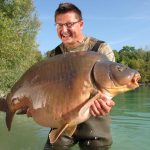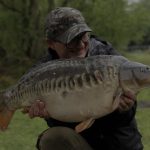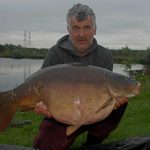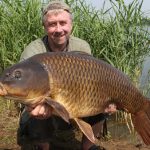Rob Hughes: How to fish for line bites in winter

I love everything about winter. I love the fact that the fishing is hard, that there are fewer people on the bank, that the conditions are tough and that watercraft is more important than at any other time of the year.
Get it wrong and you blank. Get it right and you can catch, but get it spot-on and you can have a real red-letter session in tough conditions.
The sheer amount of time I’ve spent filming underwater in all manner of lakes and through all types of weather conditions has helped me to gain a much better understanding of how fish behave and what they do in given situations.
In winter, the carp in many lakes group up and don’t move much. This is great news when you know exactly where they are, but an inch is as good as a mile if you miss the target.
‘Boring!’ I hear you shout. ‘We already knew that!’ Fair enough, but let’s look at the subject in a little more detail.
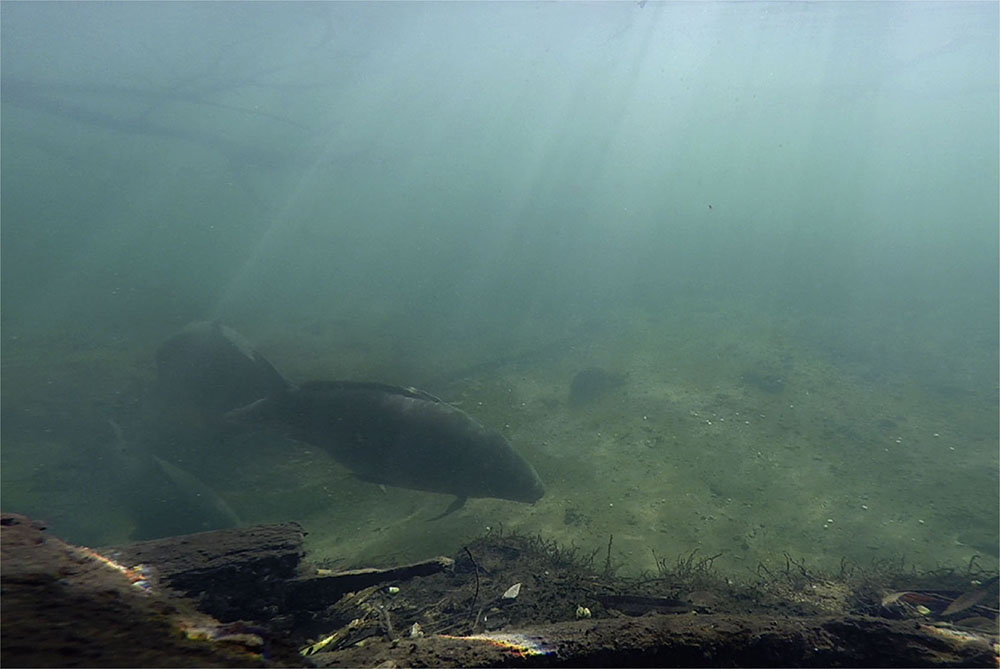
Creature Comforts
As the temperature drops, the carp’s priorities change, and stability and efficiency are elevated higher up their league of important requirements.
In warmer water, the fish will happily travel about for food, but once the water temperature starts to dip below 8C, they look for a stable and comfortable area, ideally where they can take advantage of a food source, if available, and also a steady temperature.
Once they find somewhere that they like, they won’t move too far away from that spot unless the weather conditions change or they get pressured or scared out of the vicinity.
And that’s why we encounter so many situations where one rod will do the business, while the others lay fallow.
When it comes to location, you can get it wrong by picking the wrong place, but you can also get it wrong by choosing the right swim, but fishing in the wrong part of that swim.
That can mean the wrong level in the water column, as well as too far out, too close, too far to the right or left.
Anyway, let’s put some of this theory into practice.
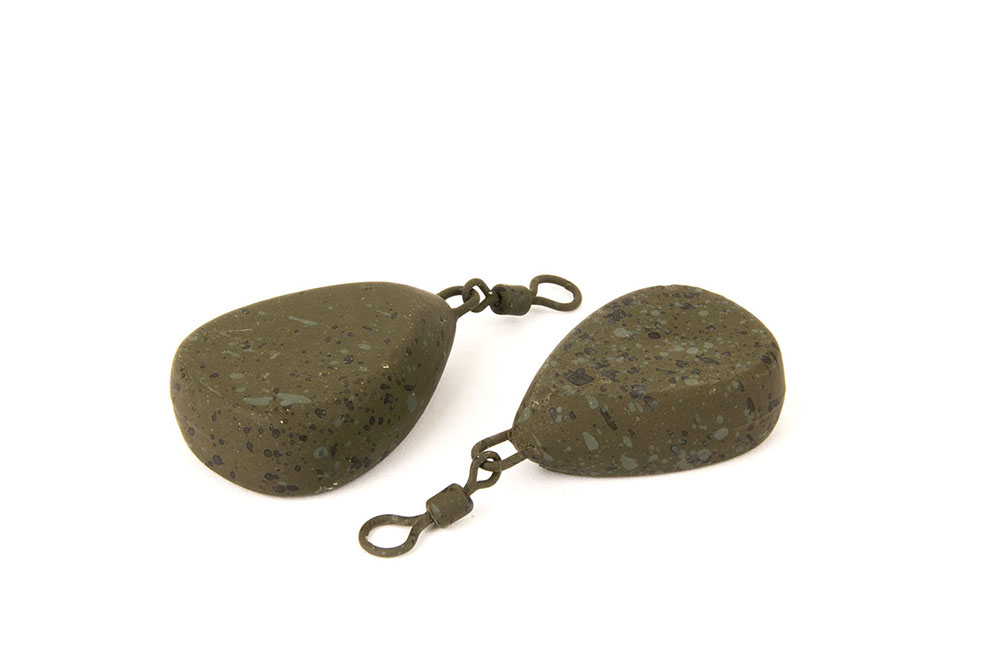
Different ‘Drops’
My winter fishing is split into two very distinct categories – short day sessions that involve travelling exceptionally light and being very active, or longer sessions which usually involve overnight trips where the target is big fish.
Both are equally enjoyable, and I’ll look at my big-fish approach another time, but this month I’d like to address the topic of how to get the most out of short-session fishing, which can be great fun and extremely satisfying.
Short sessions to me can mean anything from a full day right down to just an hour’s fishing, but a lot of my sessions are usually half-day trips, either in the morning or the afternoon.
For these I head to well-stocked waters with the aim of catching as many fish as possible, and in these situations, getting my location right is obviously the main key to catching well.
The first thing I do is to drop down to a 1.5oz Camotex flat pear lead. I’m being very specific about the type of lead here because it’s important.
The ones I choose are light, very flat in profile and making little noise when they hit the water. The idea is that I’m using the lead to search for fish.
I’ll cast out all over the swim and stop the line as it hits the surface so that I can feel it down to the bottom.
Nothing unusual about that, but I keep on doing it until I find something of interest. This can take a minute, or it can take an hour, but what I’m looking for is something a little bit different in the way the lead is falling through the water – perhaps a slower drop, a slight bump, a pull, in fact anything that is not ‘normal’, or ‘clean’ as I call it.
Most of the time I will get a clean drop, and that tells me how long the lead should take to reach the bottom, making it easier to recognise when it doesn’t.
It also tells me what the bottom is like, reinforcing the message for when something different happens.
If it’s soft and silty, then I will put a pop-up off the lead at any distance between 6ins and 18ins.
My bait of choice is usually a small white pop-up, no bigger than 12mm. If it’s firm, however, I will normally change this for a single wafter or a pellet hookbait, sometimes with a small mesh bag.
Liner location
Once I’ve found something ‘wrong’ with my drop, it’s game on as far as I’m concerned!
I then use my lines as a location tool to try to search out exactly where the carp are in the immediate vicinity.
I do this by not using buzzers to begin with, but by fishing for line bites instead. Two rods are cast out to a similar area a couple of yards apart. By slackening the line off 6ins at a time, every time it settles and tightens up I can use the line as an excellent tool to locate where the fish are.
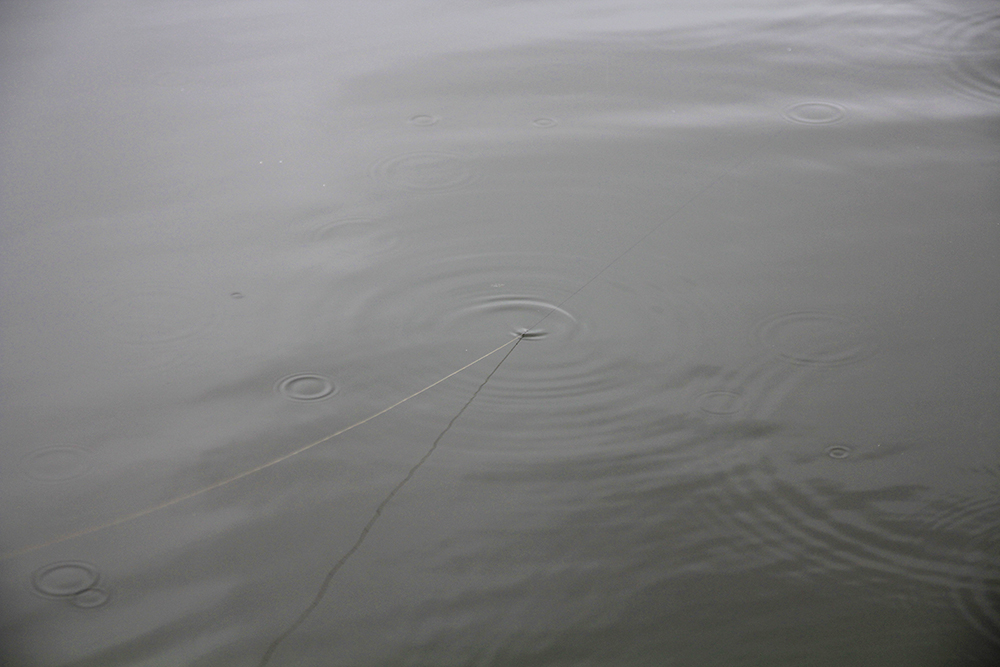
If I have got it right, the tell-tale twitches start appearing where the line enters the water.
If I haven’t got it right and nothing noticeable happens for a period of time, I will recast to a slightly different area and repeat the process until they start happening.
If I was using bobbins I would only see the savage liners, but what I’m looking for is the tiny lifts and knocks that give the game away. I usually give it 10 minutes. That’s plenty of time as far as I’m concerned, and if there’s no action I’ll move one of the rods, fanning through the swim as though I’m spinning for predators.
Working the rods
Once I think that I’ve found the fish, I’ll put two rods in the area, 2yds apart, and will usually start catching pretty quickly.
It’s now that I attach my bobbins, as light as possible, and I’ll hang them the full length of the chain so only the tip of the bobbin is putting any pressure on the line. This way I’ll still get the subtle liners I’m after.
It’s a brilliant method, and it’s incredible how much information you can garner by fishing in this way. If the fish move from the area, the liners will stop on one rod before the other.
I’ll swap that rod to the other side of the active rod and repeat the process, trying to keep on top of the fish as they move around. In my experience, they don’t usually go too far!
During a recent session while filming for a carp challenge for OnTheBank (BTSport 2) I was using exactly this method at Viaduct’s Cary Lake and in four hours I landed 11 carp, nine of them doubles.
It was a great day’s fishing by anyone’s standards but to do it with the cameras there was incredible.
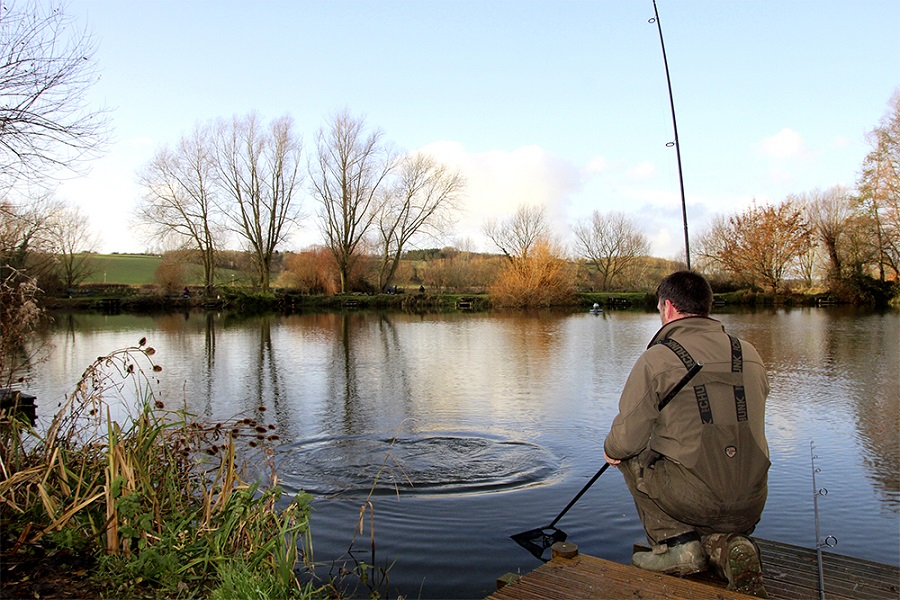
I returned a couple of days later with my son Jack to see if we could catch some Christmas carp. They’d moved slightly, but we still had eight fish in four hours.
That’s 18 carp and a couple of losses in just eight hours’ fishing. Interestingly, elsewhere around the lake only two other carp were caught, across both days!
Those same anglers could easily have blamed the lack of fish hitting their nets on the age-old excuse that ‘they weren’t feeding’, or that it was ‘just one of those tough days’.
The reality was that location was absolutely the key, and that’s why just chucking them out and waiting for the fish to come along, to me, is simply not an option.
This method of seeking out fish in well-stocked waters is devastating when you get it right. It takes a lot of effort, and you are always on the go, but it is immensely rewarding and produces big hits in conditions when you should really be struggling.
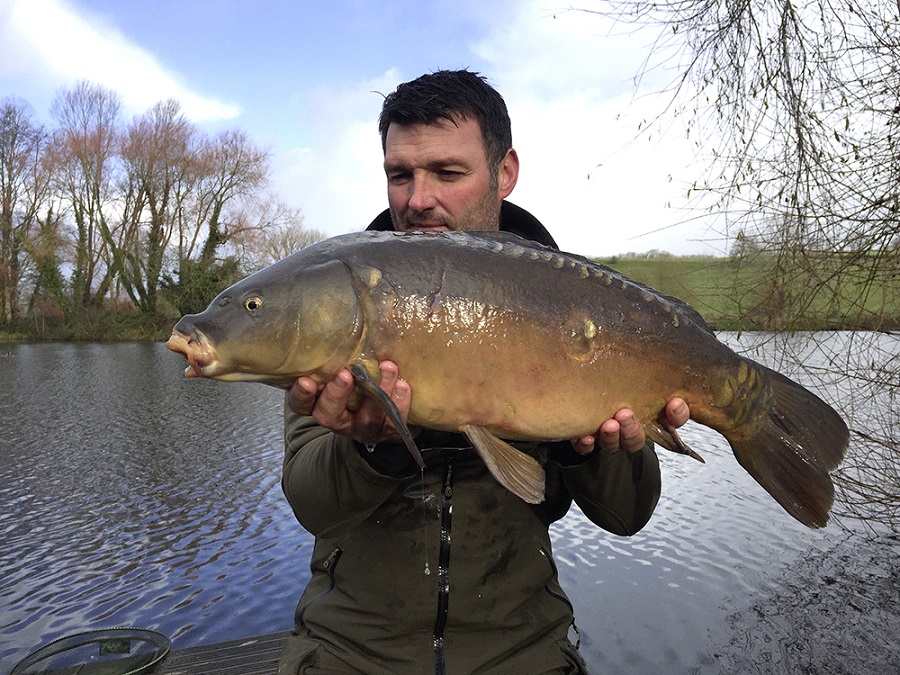
ROB’S TOP 5 TIPS FOR WINTER ACTION
- Pick the right venue. This method works best on high-stocked lakes. Commercials or runs waters are ideal.
- Don’t take a chair. There shouldn’t be time to sit down – if you’re doing it right you’ll always be ready to move.
- Fish a light lead, and slacken off your line by 6ins every time it becomes taut. Always watch the line.
- Recast regularly. If you haven’t had an indication in 10 minutes, the fish simply aren’t there.
- Fish one up in the water column and one down on the deck, as they aren’t always feeding on the bottom.


